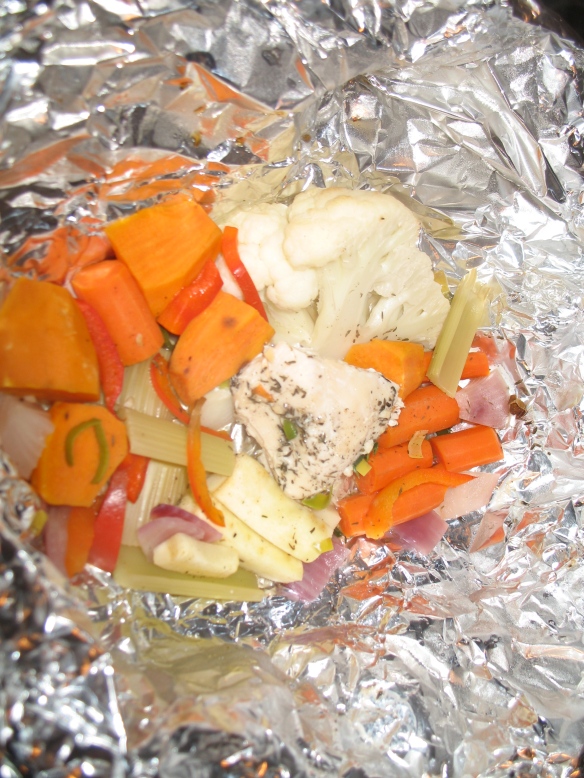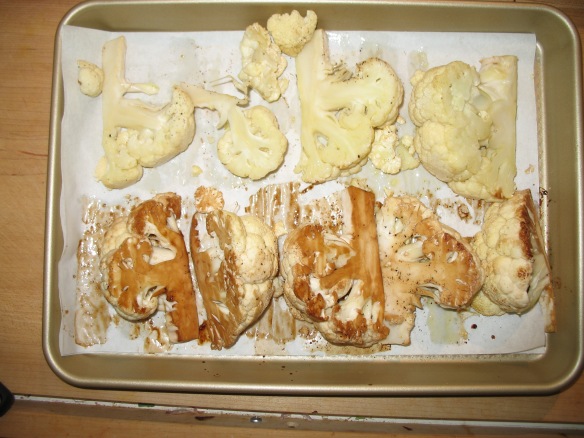Over the past few months, I have been using a wide-mouth thermos to cook oats and pasta. Rice or veggie soup using dehydrated vegetable with broth can we cooked this way also. All of these are great to prepare ahead to have something warm on the hiking trail without hauling cooking stuff along.
With all of these methods, it is important to make sure that the food is still hot when removed from the thermos – above 145 degrees F for food safety – as measured with an instant read thermometer. Cool and refrigerate promptly,
Thermos Bottle Selection and Preparation for Cooking
A Wide Mouth thermos is by far the best for cooking to reduce cleanup. I use both a 17 ounce (»2 cups) and a 24 ounce (3 cups) making 1.5 and 2 servings respectively. The general ratio of liquid to solid is 4:1. Stanley and Thermos Nissan are both very good Thermos selections. I have a dedicated thermos for food vs. coffee. It is best to size the desired serving to the thermos volume to maximize heat retention.
A stainless lined thermos is a must as internally plastic ones such as kids lunch box versions don’t hold heat well enough and glass lined have a tendency to break.
My favorite method for preparing to cook is to pour boiling water into the thermos, cap it and wait for ten minutes. When all other ingredients are ready, pour the water out and replace with ingredients. A crucial step is to shake and then lay the thermos with contents on its side to evenly distribute ingredients. An alternative method is to boil the contents for 10 minutes and put in thermos–this will reduce needed thermos cooking time.
Oats – Great for preparing the night before
½ cup rolled or steel cut oats
1½ cup boiling water, pinch salt optional
spices such as cinnamon with nuts, raisins or dried fruits
honey, brown sugar or maple syrup to taste
Fill thermos bottle with boiling water, cap and wait 10 minutes. Pour out water and put in new boiling water@212F. Add ingredients and stir (I like using a chop stick). Tightly screw on the lid to the thermos. Shake the thermos a few times more to distribute the ingredients and lay thermos on side. Wrap in a towel and wait 2 to 8 hours. Oatmeal texture will be creamier the longer the oatmeal cooks in the thermos. Add a little milk or water if too thick,
Cooking Pasta
Prep thermos as described above. Add 1/3 by volume of pasta and 2/3 volume of boiling water to the thermos. Add in seasonings such as salt, pepper, parsley, etc. Cap, shake and lay thermos on side wrapped in towel for 30 minutes (any longer and the pasta gets mushy). The pasta can be used for pasta salad or macaroni and cheese (don’t put cheese in thermos – but it can be tossed with pasta in serving bowl). The added advantage is that the steam in our campers is kept to a minimum and reduces condensation and kitchen heat during summer months.
Play around with the thermos for some new flexibility for camp cooked meals. ENJOY!
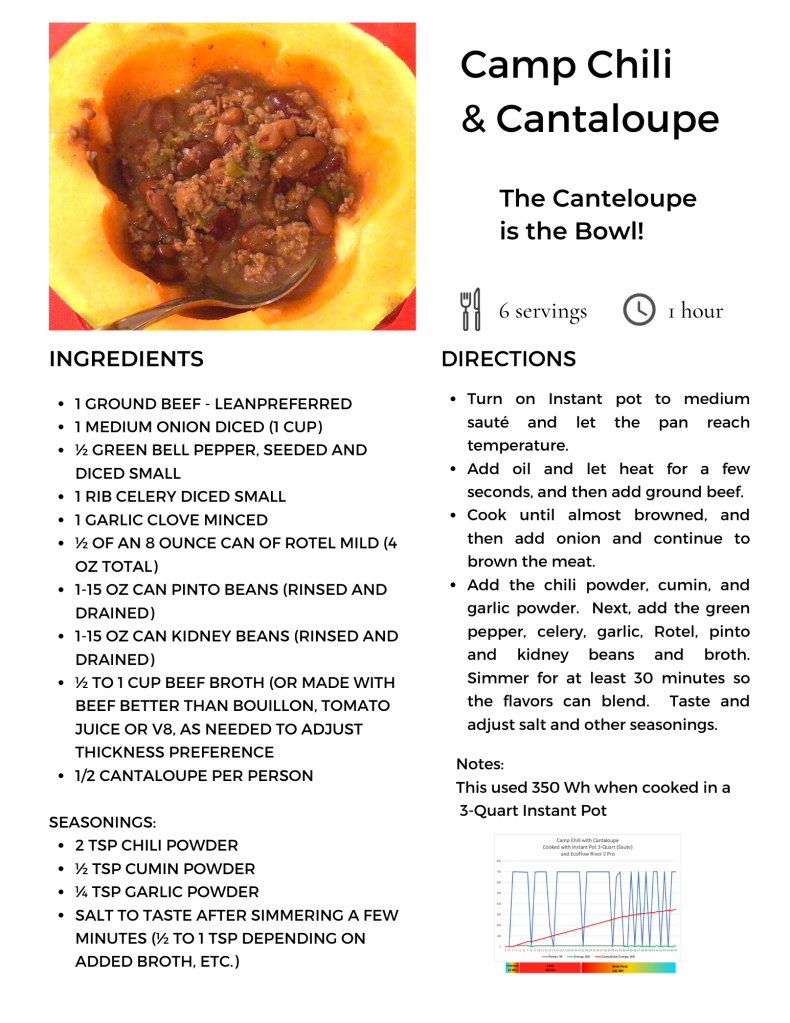

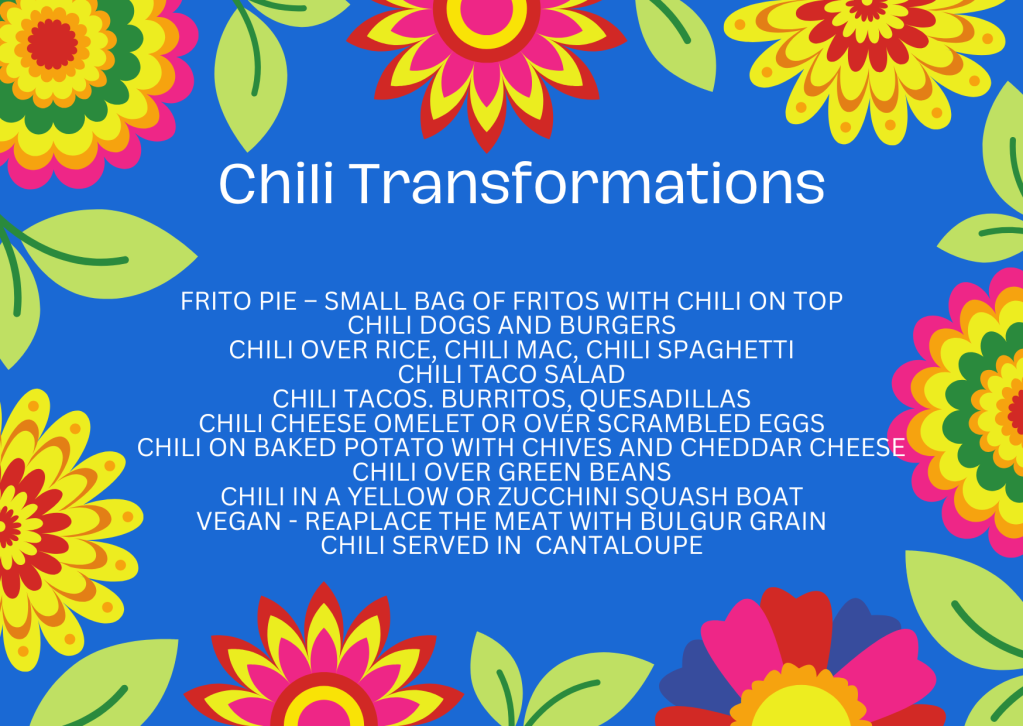


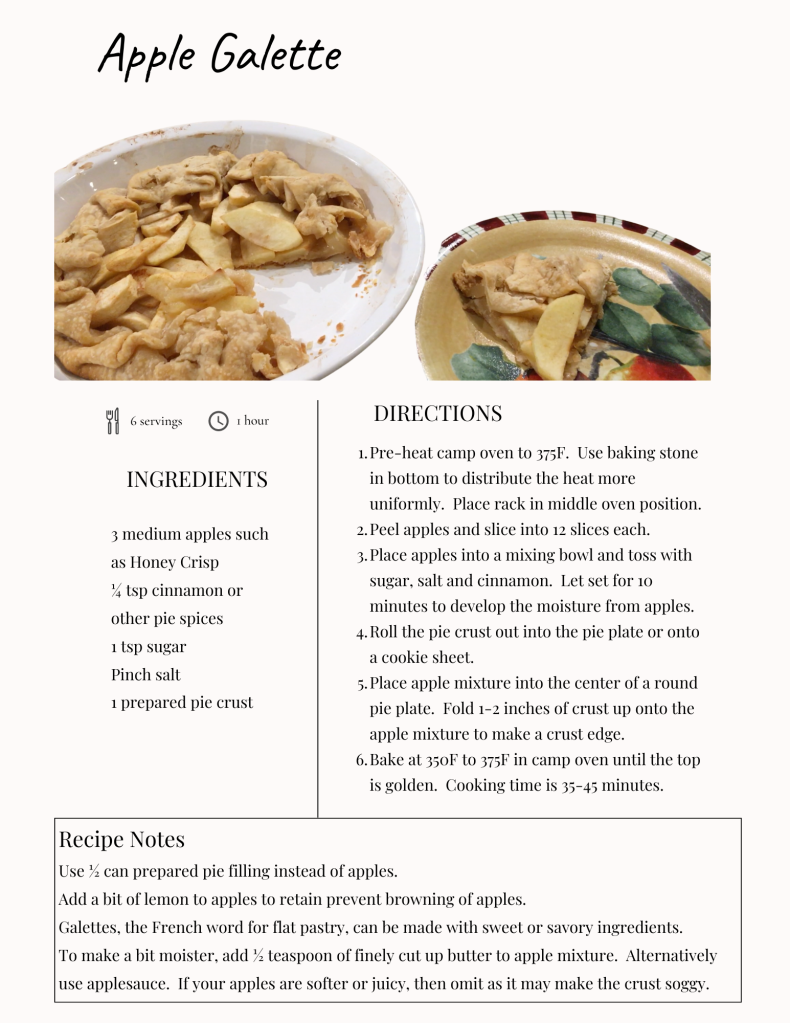




 Method:
Method:
